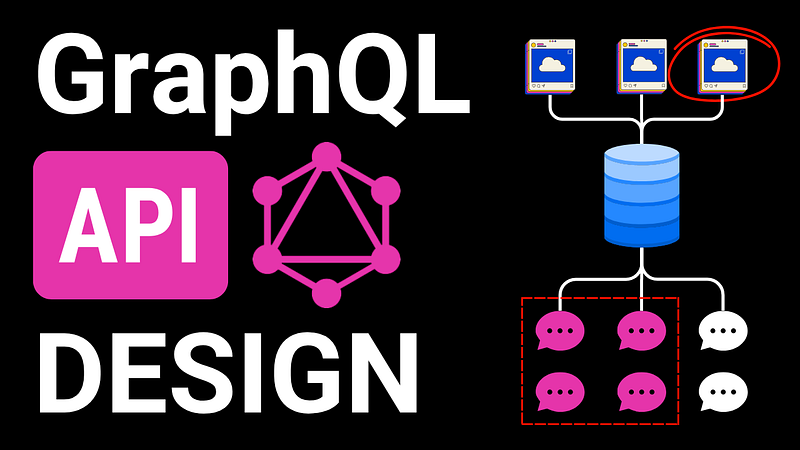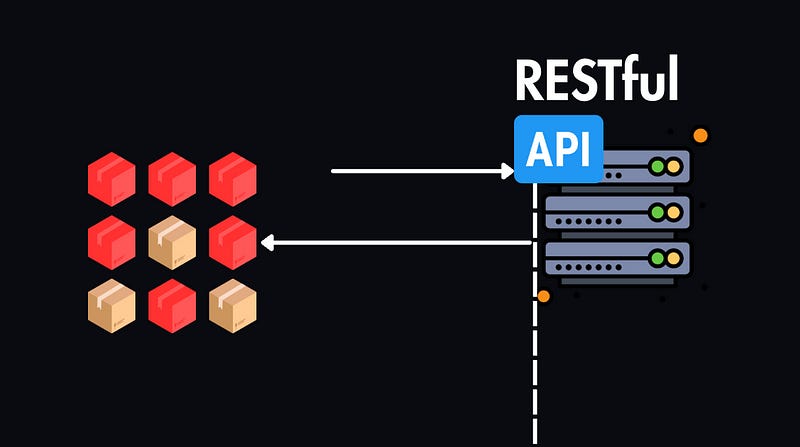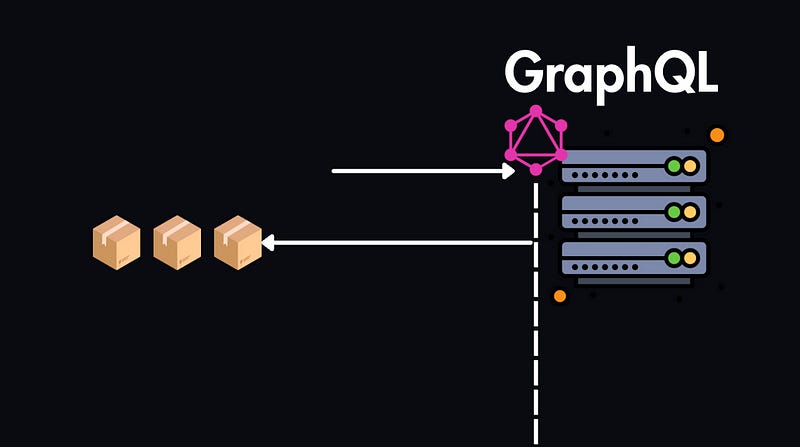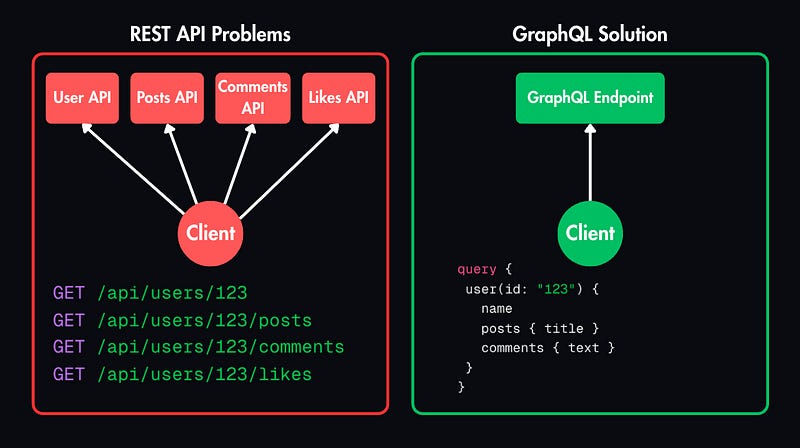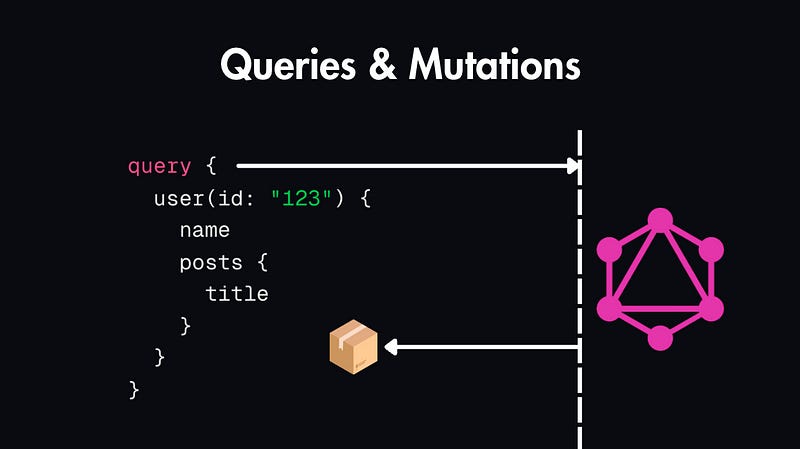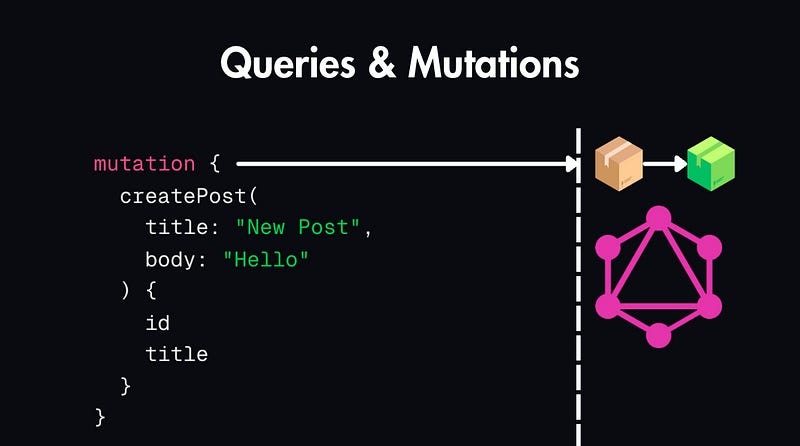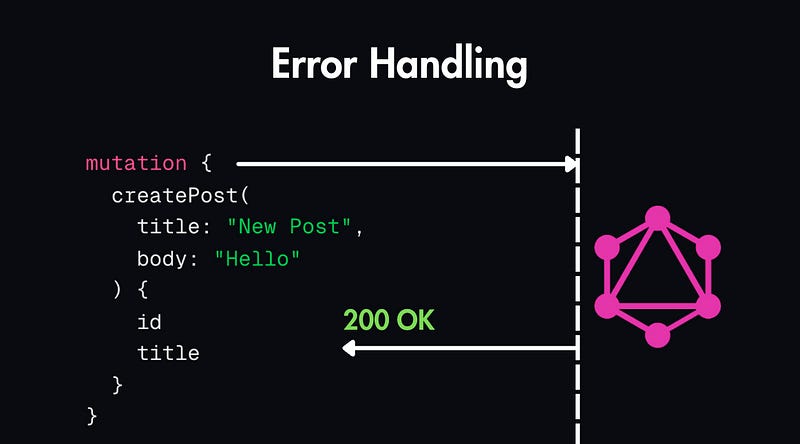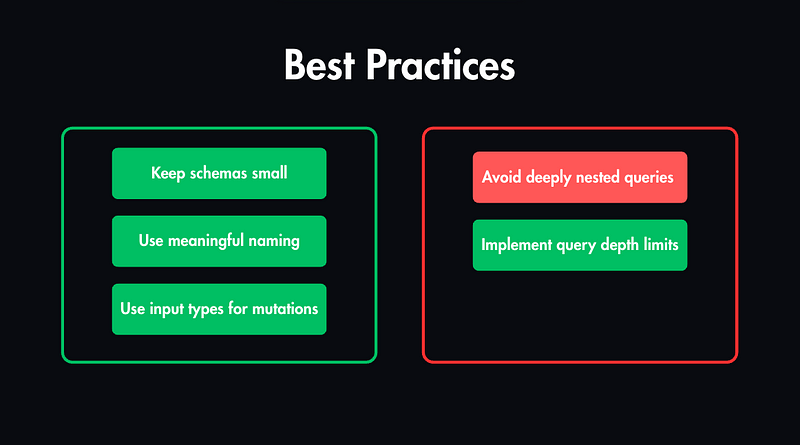GraphQL API Basics & Best Practices (Explained Simply)
Learn how to design clean, flexible, and powerful GraphQL APIs that solve over-fetching, under-fetching, and give clients full control over data.
Traditional REST APIs often return too much or too little data, requiring multiple requests for a single view.
GraphQL solves this by giving clients exactly what they need — no more, no less — in a single request.
But designing a GraphQL API isn’t the same as designing REST APIs.
In this article, we’ll walk through:
Why GraphQL exists
How to design a proper schema
Queries and mutations
Error handling and versioning
Best practices for real-world GraphQL APIs
Why GraphQL Exists
GraphQL was created at Facebook to solve a growing frontend problem: mobile apps and web views needed precise, predictable data, but REST APIs often returned too much, too little, or the wrong shape entirely.
GraphQL solves this by letting the client specify the exact shape of the response.
A few key features:
Single endpoint for all data interactions
Typed schema defines what data is available
Transport-agnostic, though often used over HTTP POST
Instead of stitching together data from multiple REST endpoints, clients ask for exactly what they need in a single GraphQL query.
Schema Design and Type System
Your schema is the contract between the client and server.
It defines:
Types (e.g.
User,Post,Comment)
type User {
id: ID!
name: String!
posts: [Post!]!
}Queries to fetch data
type Query {
user(id: ID!): User
}Mutations to write data
type Mutation {
createUser(name: String!): User
}Good schema design mirrors your domain model. It should feel natural to clients consuming the API.
Queries, Mutations, and Subscriptions
Queries: Fetch data
query {
user(id: "123") {
name
posts {
title
}
}
}Mutations: Modify data
mutation {
createPost(title: "New Post", body: "Hello") {
id
title
}
}Subscriptions: Get real-time updates (usually via WebSockets)
subscription {
postAdded {
id
title
}
}All three operations use the same endpoint — the only difference is the payload and operation type.
Error Handling and Versioning
GraphQL handles errors differently than REST.
Even if something fails, GraphQL returns a 200 OK status and includes an errors field in the response:
{
"data": { "user": null },
"errors": [
{
"message": "User not found",
"path": ["user"]
}
]
}Partial data + errors is perfectly valid. This gives clients more control over fallback behavior.
Versioning
GraphQL avoids versioning through schema evolution:
Use
@deprecatedto phase out old fieldsAdd new fields as needed
Keep old ones alive until no longer used
This lets your API evolve without breaking existing clients.
GraphQL API Best Practices
Designing a powerful GraphQL API means thinking ahead. Here are some best practices:
Keep your schema modular and domain-driven
Prevent abuse with query depth limits or cost analysis
Avoid overly deep nesting — it can crush performance
Use input types for mutations
Use clear, consistent names for fields and types
These principles help you build APIs that scale with your product.
Final Thoughts
You’ve learned:
Why GraphQL exists and how it improves on REST
How to design types, queries, and mutations
How to handle errors and evolve your schema
Best practices for real-world API design
Ready to Go Deeper?
🚀 Want to work 1-on-1 with me and build job-ready, scalable apps?
→ Apply at hayksimonyan.com
💻 Want to master API design and build real backend systems?
→ Grab my Full System Design course for a structured deep dive




